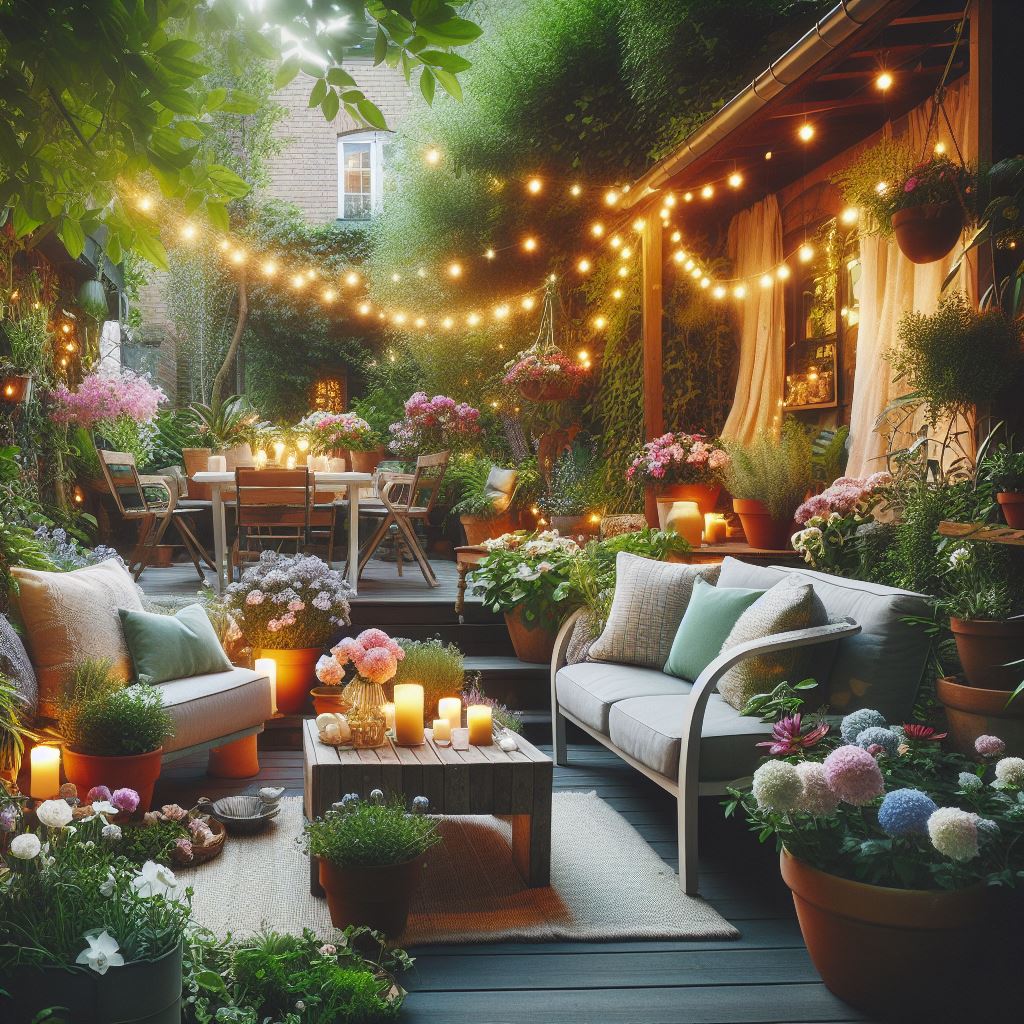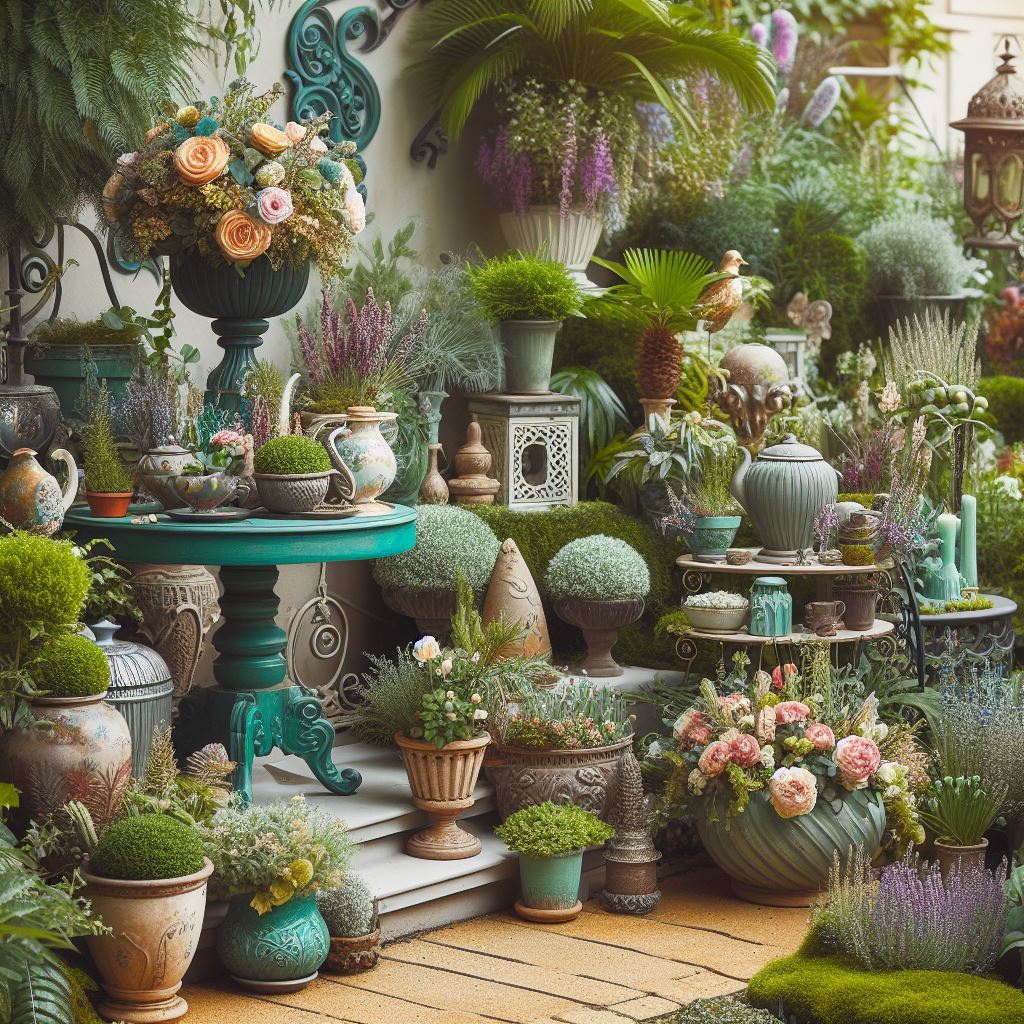In our fast-paced modern lives, the importance of creating a sanctuary within our outdoor spaces cannot be overstated. As we strive to bring nature closer to our homes, landscaping plays a pivotal role in transforming ordinary yards into extraordinary havens. With careful planning and thoughtful design, you can cultivate an outdoor oasis that not only enhances the beauty of your property but also enriches your daily life.
Introduction
Outdoor living spaces have become an integral part of modern lifestyles, offering a retreat from the hustle and bustle of everyday life. Whether it’s a cozy backyard retreat or a sprawling garden, landscaping can elevate these spaces, making them more inviting and functional. From boosting property value to promoting physical and mental well-being, the benefits of a well-designed landscape are plentiful.
Assessing Your Outdoor Space
Before embarking on any landscaping project, it’s essential to assess your outdoor space thoroughly. Consider factors such as the size and layout of your yard, existing features like trees or structures, and climate considerations such as sun exposure and soil type. This assessment will serve as the foundation for your design decisions.

Designing Your Outdoor Oasis
A well-designed outdoor oasis begins with establishing focal points that draw the eye and create visual interest. Incorporating natural elements like rocks, water features, and native plants can enhance the beauty of your landscape while creating a harmonious environment. Additionally, dividing your outdoor space into functional zones for dining, relaxation, and entertainment will maximize its usability.
Choosing the Right Plants
When selecting plants for your landscape, opt for native species whenever possible, as they are better adapted to the local climate and require less maintenance. Consider factors such as size, color, and seasonal interest to create a dynamic and visually appealing garden. Be sure to also factor in maintenance requirements, choosing plants that fit your lifestyle and level of commitment.

Enhancing Privacy and Security
Privacy and security are paramount in any outdoor space. Natural barriers such as hedges or trees can provide both privacy and aesthetic appeal, while lighting solutions like pathway lights or motion-activated floodlights can enhance security and extend the usability of your outdoor space into the evening hours.
Water Features and Sustainable Practices
Water features such as ponds, fountains, or rain gardens can add a sense of tranquility to your landscape while also promoting sustainability. Incorporating eco-friendly landscaping techniques like xeriscaping or rainwater harvesting can help conserve water and reduce your environmental footprint.
Maintaining Your Landscape
Regular maintenance is essential to keeping your landscape looking its best year-round. Tasks such as mowing, pruning, and fertilizing should be performed regularly, while seasonal maintenance like mulching or winterizing plants will help protect them from the elements. Consider hiring professional services for tasks that require specialized equipment or expertise.
Maximizing Outdoor Comfort
To make the most of your outdoor space, focus on maximizing comfort and usability. Choose outdoor furniture that is both durable and comfortable, and consider adding shade solutions like pergolas or umbrellas to provide relief from the sun. Heating options such as fire pits or outdoor heaters can extend the usability of your outdoor space into the cooler months.

Creating Entertainment Spaces
Outdoor entertaining is a popular pastime, and designing functional and inviting entertainment spaces is key. From outdoor kitchens and dining areas to fire pits and seating arrangements, there are endless possibilities for creating spaces that are perfect for hosting gatherings and making memories with family and friends.
Children and Pet-Friendly Design
If you have children or pets, designing a landscape that is safe and enjoyable for them is essential. Create designated play areas that are free from hazards, and choose pet-friendly landscaping materials that are durable and easy to clean. Additionally, consider incorporating features like paths or ramps to make your outdoor space accessible to everyone.
Budgeting and Planning
Landscaping projects can vary widely in cost, so it’s important to establish a budget and prioritize your needs and wants accordingly. Consider cost-saving strategies such as DIY projects or phased implementation to make the most of your budget while still achieving your desired results. Remember that landscaping is an investment in your home’s value and your quality of life.
DIY vs. Hiring Professionals
While DIY projects can be rewarding, some aspects of landscaping are best left to the professionals. Assess your skills and resources honestly, and don’t hesitate to seek out professional expertise for tasks that require specialized knowledge or equipment. When hiring contractors, be sure to do your research and choose reputable professionals with a proven track record of quality work.
Environmental Considerations
In today’s environmentally conscious world, it’s important to consider the environmental impact of your landscaping choices. Minimize your use of water, chemicals, and energy by opting for sustainable materials and practices wherever possible. Additionally, creating habitat for wildlife through features like bird feeders or pollinator gardens can help support local ecosystems.
Community and Neighborhood Aesthetics
Your outdoor space is not only a reflection of your personal style but also contributes to the overall aesthetics of your community. Consider factors such as architectural styles and neighborhood guidelines when planning your landscaping project, and strive to create a cohesive and harmonious environment that enhances the beauty of your surroundings.
Conclusion
In conclusion, landscaping is a powerful tool for transforming outdoor spaces into havens of beauty, functionality, and tranquility. By carefully assessing your outdoor space, designing with intention, and prioritizing sustainability, you can create an outdoor oasis that brings joy and enhances your quality of life for years to come.
FAQs
1. How much does landscaping typically cost?
- The cost of landscaping varies widely depending on factors such as the size of your yard, the scope of the project, and your choice of materials. It’s best to establish a budget and prioritize your needs and wants accordingly.
2. What are some low-maintenance landscaping options?
- Xeriscaping, which focuses on using drought-tolerant plants and minimizing water usage, is a popular choice for low-maintenance landscaping. Additionally, incorporating native plants and mulching can help reduce the need for regular maintenance.
3. How can I attract wildlife to my landscape?
- Creating habitat for wildlife can be as simple as incorporating native plants that provide food and shelter for birds, butterflies, and other creatures. Additionally, features like bird feeders, bird baths, and pollinator gardens can help attract a variety of wildlife to your garden.
4. Is professional landscaping worth the investment?
- While DIY projects can be rewarding, professional landscaping can offer expertise, efficiency, and peace of mind. Investing in professional services for tasks that require specialized knowledge or equipment can ensure the success and longevity of your landscaping project.
5. What are some eco-friendly landscaping practices?
- Eco-friendly landscaping practices include using native plants, minimizing water usage through techniques like xeriscaping and rainwater harvesting, and avoiding the use of chemical pesticides and fertilizers. Additionally, using sustainable materials such as reclaimed wood or recycled aggregates can further reduce your environmental footprint.

